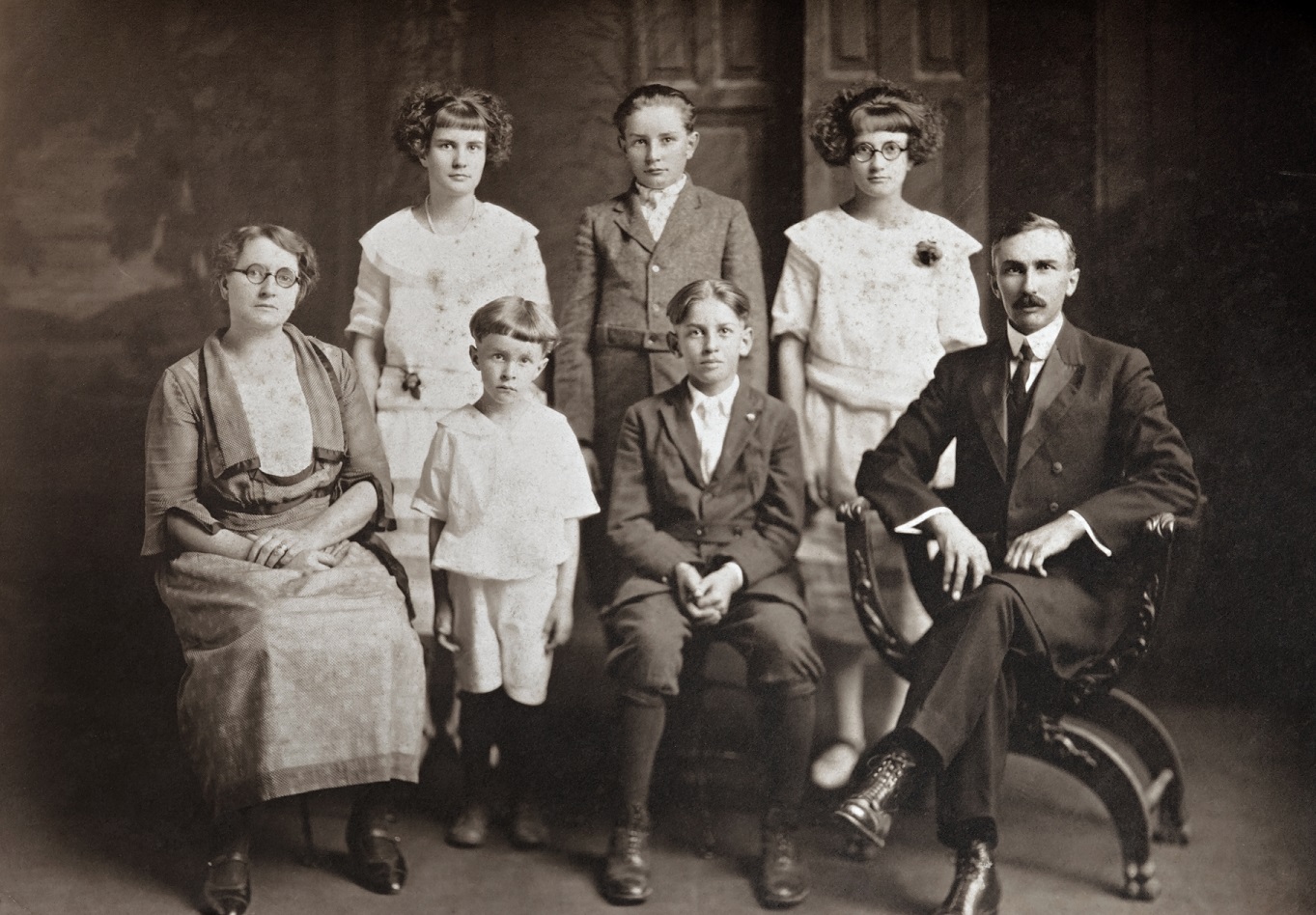
World Smile Day
Have you ever looked at an old, black-and-white photograph and wondered why nobody ever seemed to smile?
You might have heard that it was due to the cameras’ long exposure time.
Maybe you were told that poor dental work meant that fewer people wanted to show their teeth in old photos.
While these explanations may play a part, the main reason why people didn’t smile in old photos had more to do with culture and customs of old paintings and portraiture than it did with poor technology or dental woes.
Before photography, the main mode of preserving a family’s or person’s image was through painting portraits. It was customary for families and individuals in these commissioned, traditional portraits to have stoic, regal expressions. If they did smile, it would be only slightly.
This old custom was because wide-mouthed, toothy grins were considered inappropriate for portraiture. Even in other kinds of old paintings, a person’s wide smiles were often associated with madness, drunkenness or otherwise informal, immature behavior.
When photography was introduced as a new way of preserving a person or family’s likeness, people continued the tradition of unsmiling expressions because it was familiar to them, and the ideals for capture someone’s likeness had not changed.
Luckily, time ticks on and we have learned there are innumerable benefits for smiling. It improves your mood, relieves stress and builds better relationships to name a few. In addition, smiling has many health benefits such as lowering blood pressure, boosting the immune system, relieving pain and increasing life expectancy.
Leave a reply →It’s World Smile Day! Let’s see your smile!!!
